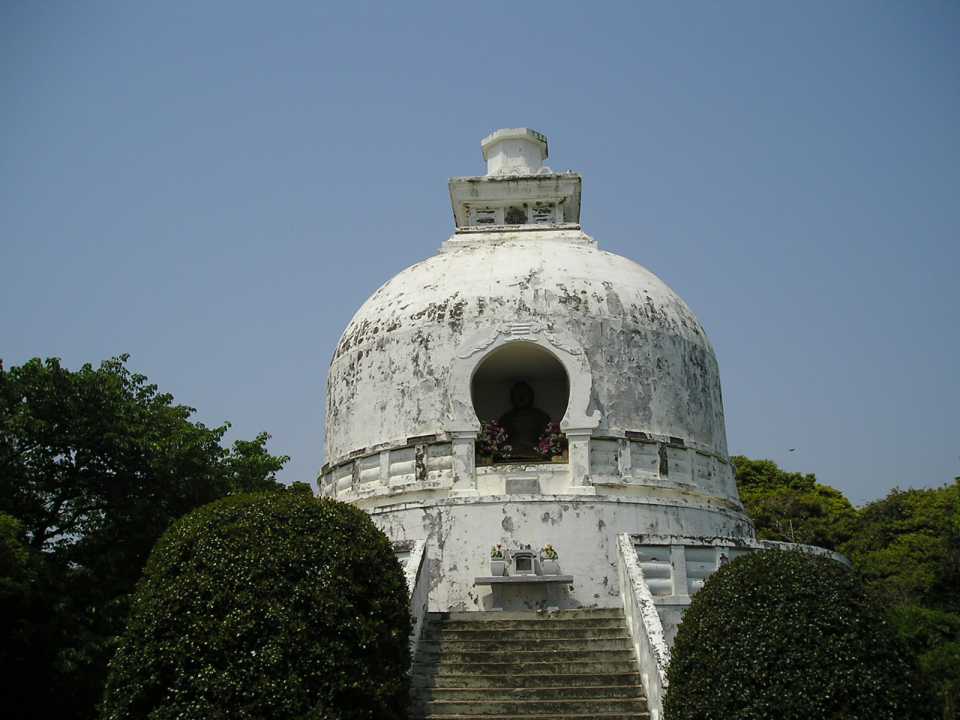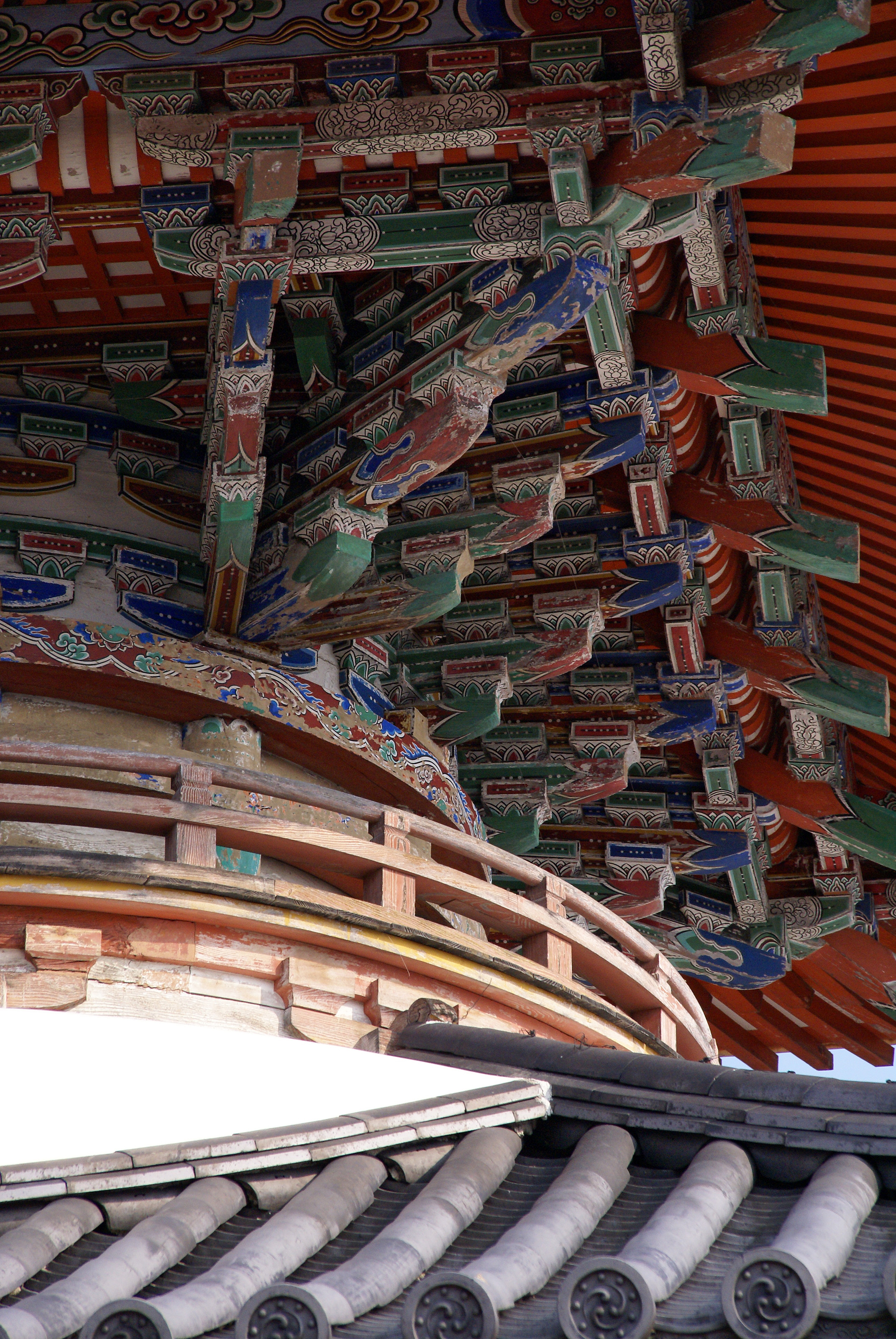Tahōtō on:
[Wikipedia]
[Google]
[Amazon]



 A is a form of
A is a form of



 A is a form of
A is a form of Japanese pagoda
Multi-storied pagodas in wood and stone, and a ''gorintō''
Pagodas in Japan are called , sometimes or , and derive historically from the Chinese pagoda, itself an interpretation of the Indian ''stupa''. Like the ''stupa'', pagodas were ori ...
found primarily at Esoteric
Western esotericism, also known as the Western mystery tradition, is a wide range of loosely related ideas and movements that developed within Western society. These ideas and currents are united since they are largely distinct both from orthod ...
Shingon
is one of the major schools of Buddhism in Japan and one of the few surviving Vajrayana lineages in East Asian Buddhism. It is a form of Japanese Esoteric Buddhism and is sometimes called "Tōmitsu" (東密 lit. "Esoteric uddhismof Tō- ...
and Tendai
, also known as the Tendai Dharma Flower School (天台法華宗, ''Tendai hokke shū,'' sometimes just ''Hokkeshū''), is a Mahāyāna Buddhist tradition with significant esoteric elements that was officially established in Japan in 806 by t ...
school Buddhist temples. It is unique among pagoda
A pagoda is a tiered tower with multiple eaves common to Thailand, Cambodia, Nepal, India, China, Japan, Korea, Myanmar, Vietnam, and other parts of Asia. Most pagodas were built to have a religious function, most often Buddhist, but some ...
s because it has an even number of stories (two). (The second story has a balustrade
A baluster () is an upright support, often a vertical moulded shaft, square, or lathe-turned form found in stairways, parapets, and other architectural features. In furniture construction it is known as a spindle. Common materials used in its ...
and seems habitable, but is nonetheless inaccessible and offers no usable space.) Its name alludes to Tahō Nyorai, who appears seated in a many-jewelled pagoda in the eleventh chapter of the Lotus Sutra
The ''Lotus Sūtra'' (Sanskrit: ''Saddharma Puṇḍarīka Sūtram'', ''Sūtra on the White Lotus of the True Dharma'', zh, p=Fǎhuá jīng, l=Dharma Flower Sutra) is one of the most influential and venerated Buddhist Mahāyāna sūtras. ...
. With square lower and cylindrical upper parts, a ''mokoshi
In Japanese architecture , literally "skirt storey" or "cuff storey", is a decorative pent roof surrounding a building below the true roof. Since it does not correspond to any internal division, the ''mokoshi'' gives the impression of there bein ...
'' 'skirt roof', a pyramidal roof, and a finial
A finial () or hip-knob is an element marking the top or end of some object, often formed to be a decorative feature.
In architecture, it is a small decorative device, employed to emphasize the Apex (geometry), apex of a dome, spire, tower, roo ...
, the ''tahōtō'' or the larger ''daitō'' was one of the seven halls of a Shingon
is one of the major schools of Buddhism in Japan and one of the few surviving Vajrayana lineages in East Asian Buddhism. It is a form of Japanese Esoteric Buddhism and is sometimes called "Tōmitsu" (東密 lit. "Esoteric uddhismof Tō- ...
temple. After the Heian period
The is the last division of classical Japanese history, running from 794 to 1185. It followed the Nara period, beginning when the 50th emperor, Emperor Kammu, moved the capital of Japan to Heian-kyō (modern Kyoto). means in Japanese. It is a ...
, the construction of pagodas in general declined, and new ''tahōtō'' became rare. Six examples, of which that at Ishiyama-dera
is a Shingon temple in Ōtsu in Japan's Shiga Prefecture. This temple is the thirteenth of the Kansai Kannon Pilgrimage.
History
It was constructed around 747 CE, and is said to have been founded by Rōben. The temple contains a number of cu ...
(1194) is the earliest, have been designated National Treasures.
There are no examples in China
China, officially the People's Republic of China (PRC), is a country in East Asia. With population of China, a population exceeding 1.4 billion, it is the list of countries by population (United Nations), second-most populous country after ...
, whether architectural
Architecture is the art and technique of designing and building, as distinguished from the skills associated with construction. It is both the process and the product of sketching, conceiving, planning, designing, and construction, constructi ...
or pictorial, of anything that resembles the ''tahōtō'', although there is a Song dynasty
The Song dynasty ( ) was an Dynasties of China, imperial dynasty of China that ruled from 960 to 1279. The dynasty was founded by Emperor Taizu of Song, who usurped the throne of the Later Zhou dynasty and went on to conquer the rest of the Fiv ...
textual reference to a tahōtō'' with an encircling chamber'.
Hōtō
The or treasure pagoda is the ancestor of the ''tahōtō'' and dates to the introduction to Japan of Shingon and Tendai Buddhism in the ninth century. No wooden ''hōtō'' has survived, although modern copies do exist. They are usually made from stone, bronze, or iron, and specimens are always miniatures comprising a foundation stone, barrel-shaped body, pyramid roof, and a finial.Daitō
While the ''tahōtō'' is 3x3 ken (bays), a larger 5x5 ken version exists, known as or 'large pagoda'. This is the only type of ''tahōtō'' to retain the original structure with a row of pillars or a wall separating the corridor ('' hisashi'') from the core of the structure, abolished in smaller pagodas. ''Daitō'' used to be common but, of all those ever built, only a few are still extant. One is atWakayama prefecture
is a prefecture of Japan located in the Kansai region of Honshu. Wakayama Prefecture has a population of 876,030 () and a geographic area of . Wakayama Prefecture borders Osaka Prefecture to the north, and Mie Prefecture and Nara Prefecture to ...
's Negoro-ji, another at Kongōbu-ji
is the ecclesiastic head temple of Kōyasan Shingon Buddhism, located on , Wakayama Prefecture, Japan. Its name means ''Temple of the Diamond Mountain Peak''. It is part of the " Sacred Sites and Pilgrimage Routes in the Kii Mountain Range" UN ...
, again in Wakayama, another at Kirihata-dera, Tokushima prefecture
is a Prefectures of Japan, prefecture of Japan located on the island of Shikoku. Tokushima Prefecture has a population of 682,439 (1 February 2025) and has a geographic area of 4,146 Square kilometre, km2 (1,601 sq mi). Tokushima Prefecture b ...
, another at Narita-san
Narita-san (成田山 "Narita mountain") Shinshō-ji ( 新勝寺 "New victory temple") is a Shingon Buddhist temple located in central Narita, Chiba, Japan. It was founded in 940 by Kanchō Daisōjō, a disciple of Kōbō Daishi. It is a lead ...
in Chiba. (See the respective list entries.) Kūkai
, born posthumously called , was a Japanese Buddhist monk, calligrapher, and poet who founded the Vajrayana, esoteric Shingon Buddhism, Shingon school of Buddhism. He travelled to China, where he studied Tangmi (Chinese Vajrayana Buddhism) und ...
himself, founder of the Shingon school, built the celebrated ''daitō'' for Kongōbu-ji
is the ecclesiastic head temple of Kōyasan Shingon Buddhism, located on , Wakayama Prefecture, Japan. Its name means ''Temple of the Diamond Mountain Peak''. It is part of the " Sacred Sites and Pilgrimage Routes in the Kii Mountain Range" UN ...
on Kōyasan; almost fifty metres high, chronicles relate that 'the mightiness of its single storey outdoes that of multi-storeyed pagodas'. The specimen found at Negoro-ji (see photo above) is 30.85 meters tall and a National Treasure.
Structure
Single-storey
Japanese pagodas have an odd number of stories. While the ''tahōto'' may appear to be twin-storied, complete withbalustrade
A baluster () is an upright support, often a vertical moulded shaft, square, or lathe-turned form found in stairways, parapets, and other architectural features. In furniture construction it is known as a spindle. Common materials used in its ...
, the upper part is inaccessible with no usable space. The lower roof, known as a ''mokoshi
In Japanese architecture , literally "skirt storey" or "cuff storey", is a decorative pent roof surrounding a building below the true roof. Since it does not correspond to any internal division, the ''mokoshi'' gives the impression of there bein ...
'', provides shelter and the appearance of an additional storey.
Floor plan
Raised over the , the ground floor has a square plan, 3x3 ''ken'' across, with a circular core. Inside, a room is marked out by the , a reference to theFour Heavenly Kings
The Four Heavenly Kings are four Buddhism, Buddhist gods or Deva (Buddhism), ''devas'', each of whom is believed to watch over one cardinal direction of the world. The Hall of Four Heavenly Kings is a standard component of Chinese Buddhism, Ch ...
. The main objects of worship are often enshrined within.
Upper part
Above is a second 'tortoise mound', in a residual reference to thestupa
In Buddhism, a stupa (, ) is a domed hemispherical structure containing several types of sacred relics, including images, statues, metals, and '' śarīra''—the remains of Buddhist monks or nuns. It is used as a place of pilgrimage and m ...
. Since exposed plaster
Plaster is a building material used for the protective or decorative coating of walls and ceilings and for moulding and casting decorative elements. In English, "plaster" usually means a material used for the interiors of buildings, while "re ...
weathers rapidly, a natural solution was to provide it with a roof, the ''mokoshi''. Above again is a short, cylindrical section and a pyramidal roof, supported on four-stepped brackets.
Finial
Like all Japanese pagodas, the ''tahōtō'' is topped by a vertical shaft known as the . This comprises the base or 'dew basin'; an inverted bowl with attached lotus petals; nine rings; 'water flame'; and jewel. The finial's division in sections has a symbolic meaning and its structure as a whole itself represents a pagoda.Miniature versions
A number of smaller versions of the ''tahōtō'' are known, of stone, bronze, iron, or wood, and similar to the ''hōtō''.Meaning
A number ofmandala
A mandala (, ) is a geometric configuration of symbols. In various spiritual traditions, mandalas may be employed for focusing attention of practitioners and adepts, as a spiritual guidance tool, for establishing a sacred space and as an aid ...
show the Iron Stupa in southern India
India, officially the Republic of India, is a country in South Asia. It is the List of countries and dependencies by area, seventh-largest country by area; the List of countries by population (United Nations), most populous country since ...
, where the patriarch Nāgārjuna
Nāgārjuna (Sanskrit: नागार्जुन, ''Nāgārjuna''; ) was an Indian monk and Mahāyāna Buddhist philosopher of the Madhyamaka (Centrism, Middle Way) school. He is widely considered one of the most important Buddhist philosoph ...
received the Esoteric scriptures, as a single-storey pagoda with a cylindrical body, a pyramidal roof, and a spire. The forms used in the ''tahōtō'', namely the square, circle, triangle, semi-circle, and circle, may represent the Five Elements or the Five Virtues. The egg-shaped stupa
In Buddhism, a stupa (, ) is a domed hemispherical structure containing several types of sacred relics, including images, statues, metals, and '' śarīra''—the remains of Buddhist monks or nuns. It is used as a place of pilgrimage and m ...
mound or aṇḍa may represent Mount Sumeru, with the finial as the axis of the world; or, by a folk interpretation, the square base may represents a folded robe, the dome an overturned begging bowl, and the spire a walking staff
A walking stick (also known as a walking cane, cane, walking staff, or staff) is a device used primarily to aid walking, provide postural stability or support, or assist in maintaining a good posture. Some designs also serve as a fashion access ...
. The ''tahōtō'' served not as a reliquary tower but often as an icon hall.
Examples
See also
* List of National Treasures of Japan (temples)References
{{DEFAULTSORT:Tahoto *Tahoto Japanese architectural history Buddhism in the Heian period